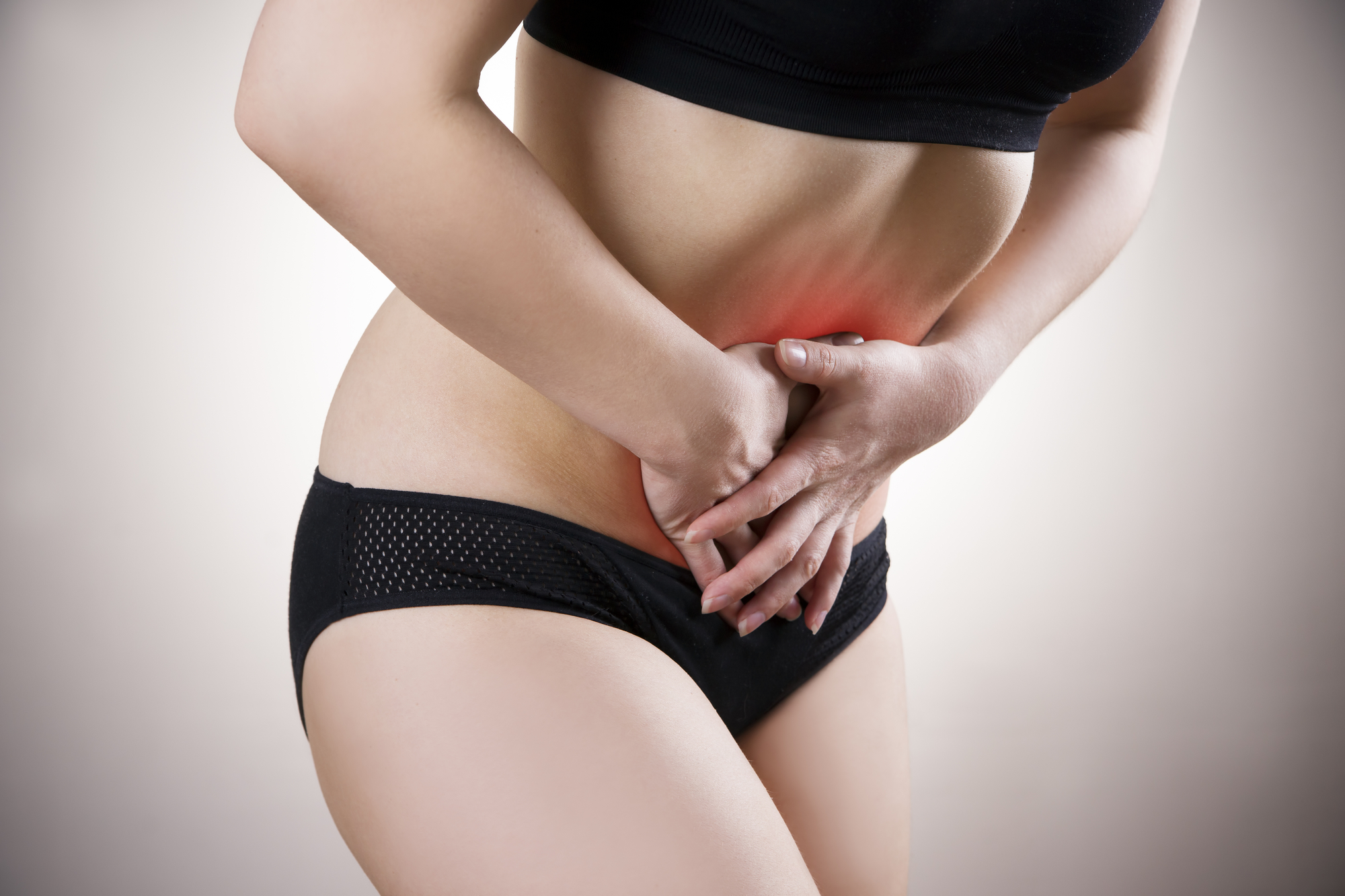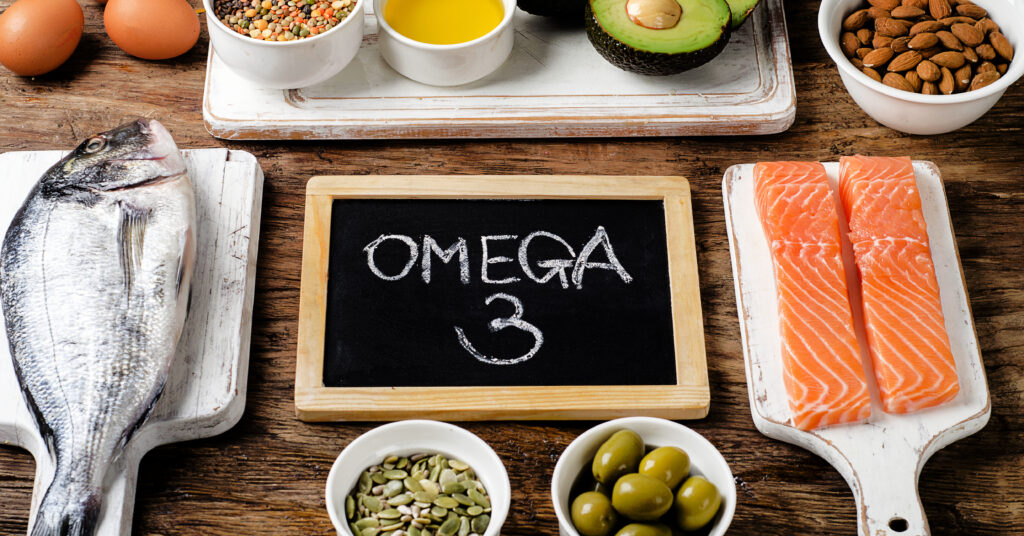


Endometriosis is a progressive hormonal condition in women, caused when cells from the uterus (womb) end up in other areas of the body (inside the abdomen, in the pelvic or abdominal cavity), on other organs such as the bowel, kidneys, stomach, liver, lungs.

With hormonal changes every month as the lining of the womb grows and then gets ready to shed and bleed, these parts of uterine tissue also begin to shed and bleed in these other areas where the tissue has deposited and grown (OUCH!) This causes further pain and bleeding in areas other than the womb. Unlike the cells in the womb that leave the body as a period, this blood has no way to escape and this can then cause widespread inflammation & pain in the body.
This tissue continues to spread and grow and can cause extensive scar tissue (adhesions) and pain. When a diagnosis is received, it is usually staged (stage 1 to 4) depending on its severity.
Endometriosis can affect fertility and the earlier the diagnosis and management of symptoms, the better. In Ireland, on average, it can take up to 7 years currently to get a definitive diagnosis for endometriosis. If you feel you have many of the following symptoms below, speak to your GP about a referral for diagnosis.
There is no known cause for endometriosis but some theories indicate it can be caused by previous abdominal surgeries, metaplasia (process where one type of cell changes or morphs into a different kind of cell), genetic predisposition, retrograde menstruation (period blood flowing backwards), lymphatic / circulatory spread, environmental causes, diet.
Endometriosis is not easy to treat there is no cure and treatment involves long term management of symptoms and balancing of hormones and inflammation through diet and supplements. Usually, hormonal contraceptive treatment is used to treat symptoms medically.
-Contraceptive pill / coil
-Inducing menopause by putting ovaries to sleep using hormone injections
-Ablation (Laser surgery to burn off endometriosis cells)
-Excision (Surgery to cut out patches of endometriosis)
-Radical Hysterectomy (A last resort)
When hormones become unbalanced, the body can develop estrogenic-dominant conditions such as endometriosis, polycystic-ovary syndrome (PCOS), breast cancer, uterine cancer, and fibroids. Endometriosis sufferers often have a high level of estradiol (a type of estrogen) in their body, which causes the inflammation and pain associated with this condition; it is also linked to weight gain, acne and loss of libido. Estrogen dominance can be caused by toxin-containing products we consume (plastics, food, water), obesity, and issues with how our bodies detox estrogen.
We know that lifestyle strategies which decrease inflammation, improve the immune system, support the liver and balance hormones can go a long way in treating endometriosis. In addition to exercising regularly and getting plenty of sleep, a large portion of these lifestyle changes are linked to diet. To ensure that we are giving our bodies a fighting chance at treating endometriosis, we should be consuming a diet that ticks the following boxes:
Keeping inflammation at bay, balancing estrogen levels and managing stress levels all play a part in managing endometriosis progression and inflammation…
Here are some of the best supplements for endometriosis. Because it is a chronic and progressive condition, long term supplementation is needed. However, I would always recommend testing with kinesiology to see what brands suit you and specifically what you need, as some supplements such as NAC (N-Acetyl Cysteine, an amino acid), can worsen sinus issues and increase sulphur production in the body, so always test to see what you need. Links to supplements recommended below:

Omega 3 (Fish Oil or Vegan- Always get a good brand that is screened for heavy metals)
Evening Primrose & Flax seed oils both balance hormones
Vitamin D (Always take in an oil as it’s more bioavailable (Used and absorbed better by your body)
Milk thistle – this contains silymarin, which supports the health of liver cells.
Turmeric (Try and get with Black pepper or black cumin seed as it is absorbed better when combined with either of these)
Vitamin B6- Try and get the active form as it works faster on pain and inflammation (P5P or Pyridoxal-5-phosphate) This is excellent for bad period pain or inflammation in general.
N-Acetyl Cysteine– Balances estrogen levels, helps cysts and inflammation.
Serrapeptase– (serraenzyme is my favourite brand) is an enzyme derived from the intestinal bacteria of silkworms. It helps to break down scar tissue and endometriosis, digesting non-living tissue, blood clots, cysts and inflammation.
Magnesium– Such an important mineral for many of our biochemical processes in the body, Magnesium relaxes tissues and muscles and can help with pain and cramping.
DIM- Dim stands for diindolylmethane and it is a naturally occurring compound in cruciferous vegetables like broccoli, kale, and cauliflower. DIM has been shown to be one of the supplements for endometriosis to relieve some pain. It helps with endometriosis because it lowers total estrogen and improves estrogen detoxification.
Probiotics – supports bacterial balance in your gut and decreases inflammation, which means that you’re more able to detox your estrogen. The best strains of good bacteria for inflammation are:
Lactobacillus acidophilus
Saccharomyces boulardii
Bacillus coagulans
Lactobacillus bulgaricus
Bifidobacterium longum
Lactobacillus rhamnosus
Lactobacillus salivarius
Lactobacillus casei
Lactobacillus plantarum
Bifidobacterium lactis
Bifidobacterium breve
Several of these probiotic strains can be found in Epigenetics Super 12 probiotic, available here.
As with any supplements, if you are taking any medication, check for interactions with your GP or pharmacist. All posts on Midlands Kinesiology are for information purposes only and do not intend to diagnose or treat any condition or symptom.